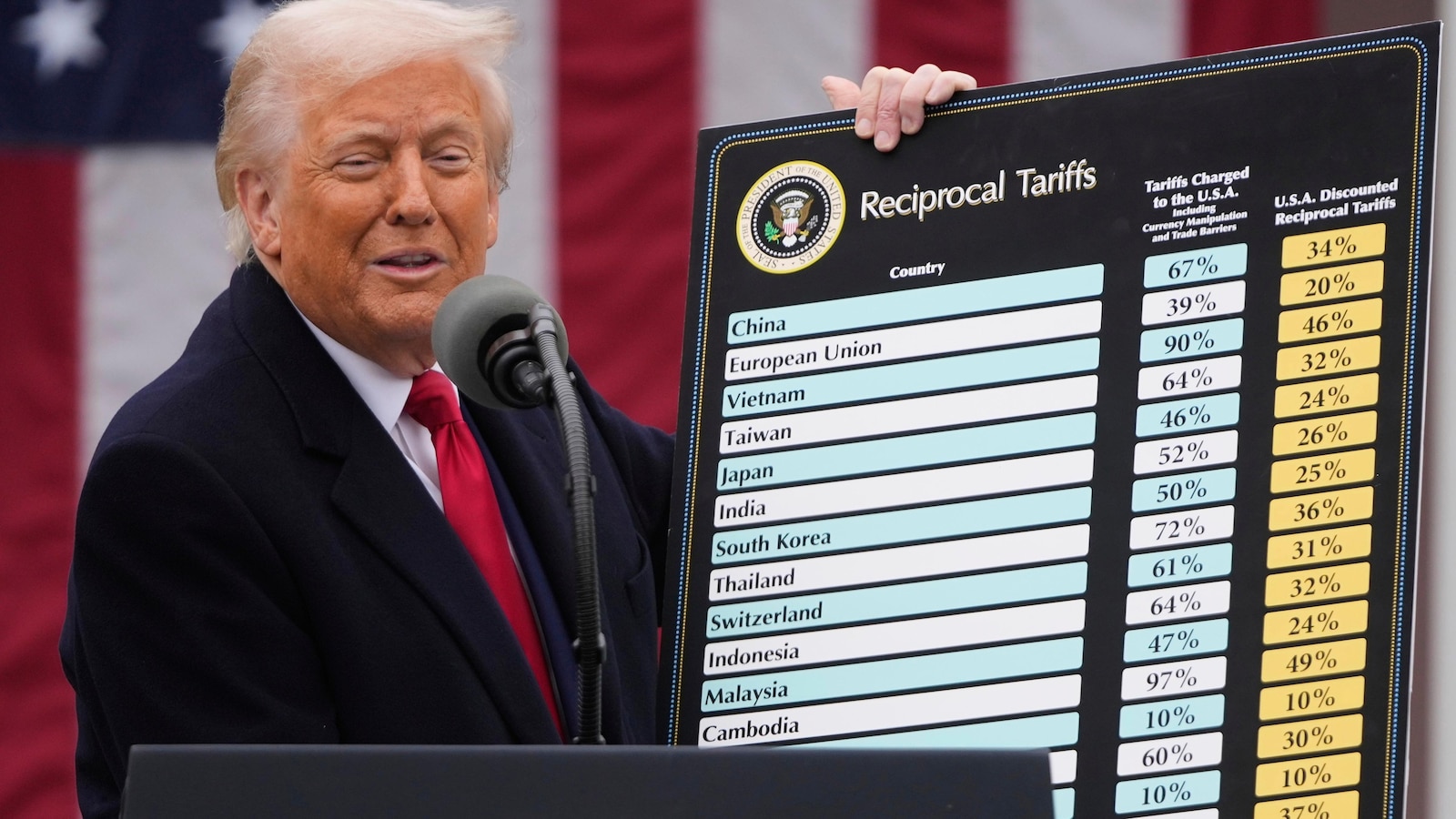Jumia Technologies AG (NYSE: JMIA) was once heralded as the Amazon of Africa. Its IPO in 2019 generated tremendous excitement as it became the first African tech startup listed on the New York Stock Exchange. Fast forward to 2025, and the narrative has changed. Trading at just $4.45, a steep fall from its all-time high of $65, Jumia has been stuck in a prolonged drawdown, prompting investors to ask: is it a hidden gem or a value trap?
To answer this, we will critically analyze not just Jumia’s internal metrics (growth efficiency, fintech integration, logistics complexity, and per-user economics) but also its standing relative to similar platforms in emerging markets like Sea Limited (SE) in Southeast Asia and MercadoLibre (MELI) in Latin America. All three operate in regions with young populations, rising internet penetration, and fragmented physical retail systemsbut their execution has sharply diverged. The goal is to determine whether Jumia is undervaluedor fundamentally flawed.
|
Company
|
Market Cap
|
TTM Revenue
|
EBITDA Margin
|
Net Income Margin
|
Gross Margin
|
E-commerce + Fintech Combo
|
|
Jumia (JMIA)
|
~$320M
|
~$295M
|
Negative
|
Negative
|
~33%
|
Yes (JumiaPay)
|
|
Sea Limited (SE)
|
~$26B
|
~$13.1B
|
Slightly Positive
|
Negative
|
~40%
|
Yes (Shopee + SeaMoney)
|
|
MercadoLibre (MELI)
|
~$75B
|
~$14.5B
|
~12%
|
~4%
|
~48%
|
Yes (MercadoPago)
|
While Jumia shares a similar business blueprintoffering online marketplace services integrated with a fintech/payments layerits unit economics remain substantially weaker. Jumia continues to post EBITDA and net income losses, even after it exited underperforming markets and shifted its business model toward an asset-light strategy.
Both Sea and MercadoLibre, in comparison, have leveraged fintech operations to scale beyond their core e-commerce businesses. Sea’s Shopee dominates Southeast Asia, while MercadoLibre’s MercadoPago is increasingly becoming a fintech powerhouse in Latin America. JumiaPay, despite similar ambitions, has failed to gain meaningful traction, primarily due to limited banking penetration and inconsistent regulatory frameworks across African markets.
Unlike its peers, Jumia operates in perhaps the most logistically and politically fragmented region of the three.
MercadoLibre operates in Latin America, where delivery infrastructure, while uneven, is more integrated. Sea Limited operates in a mix of urbanized and rural Southeast Asian countries, but benefits from strong partnerships and high smartphone adoption. Jumia, on the other hand, must navigate 16 African countries, each with distinct regulatory regimes, underdeveloped roads, unstable currencies, and low trust in digital transactions.
To mitigate these challenges, Jumia built a proprietary logistics platform early on, now boasting 600+ logistics partners and hundreds of pickup stations. However, this has also become a capital-intensive burden with limited payoff so far. Recent efforts to pivot toward a third-party logistics model may offer relief, but the execution risk remains elevated.
In terms of annual active users, Jumia has stagnated:
-
Jumia: Hovering around 34 million annual active consumers, with Gross Merchandise Volume (GMV) contracting in some quarters.
-
Sea (Shopee): Boasts over 350 million users across Southeast Asia and Taiwan.
-
MercadoLibre: Exceeds 140 million users, with consistent year-over-year growth across GMV and net revenues.
From the way I look at it, this disparity suggests Jumia is struggling to achieve flywheel momentum. Customer acquisition costs remain high, and repeat user behavior is not well-established. Meanwhile, MercadoLibre and Shopee are compounding network effects by cross-selling services like credit, buy-now-pay-later (BNPL), and digital wallets to their loyal user bases.
On a price-to-sales (P/S) basis, Jumia appears cheap:
-
JMIA: ~1.1x
-
SE: ~2.0x
-
MELI: ~5.2x
But this apparent discount is misleading. Investors price risk, scalability, and capital efficiency into the multiple. Both SE and MELI are demonstrating operational leverage and fintech synergy, while JMIA continues to burn cash with no near-term path to profitability.
Also, while JMIA’s share price decline suggests deep value, its market cap (~$320M) reflects continued dilution risk, execution uncertainty, and macro fragility.
Per-User Valuation and Revenue EfficiencyOne way to understand Jumia’s valuation is by examining what investors are effectively paying per customer and how much revenue each user brings in. With around 3.5 million active annual users and a market capital of roughly $320 million, Jumia is currently valued at approximately $91 per user.Since the past year, Jumia generated around $295 million in revenue, translating to an average revenue per user (ARPU) of approximately $84.Now we compare this to others operating in similar emerging markets:1. Shopee (Sea Ltd) with over 350 million users and earns roughly $13.1 billion in revenue, resulting in an ARPU close to $37.2. MercadoLibre with around 140 million users and $14.5 billion in revenue, giving it an ARPU of about $104.On paper, Jumia’s ARPU appears reasonable, especially for a company operating across diverse and infrastructure-limited African markets. But a deeper look reveals challenges. The company is still operating at a loss, with little evidence of sustainable monetization. The relatively high price investors are paying per userrelative to how much each user brings inraises a valid concern: revenue alone won’t justify the valuation unless Jumia can drive repeat engagement, cut costs, and attain meaningful margin improvements.
Africa’s economic promise is counterbalanced by structural hurdles:
-
Currency devaluations (e.g., Nigerian Naira) have destroyed purchasing power.
-
High inflation and low GDP per capita limit consumer spending.
-
Political instability and inconsistent regulation make long-term planning difficult.
Both Latin America and Southeast Asia suffer similar risksbut they have larger middle classes, more digitally literate consumers, and more favorable trade and finance ecosystems. This allows companies like MELI and SE to better absorb macro shocks.
To its credit, Jumia has abandoned its previous model, choosing instead to operate a lean, third-party marketplace focused on unit profitability. Under the new leadership team installed in 2022, the company has:
-
Cut non-core markets and headcount
-
Reduced fulfillment overhead
-
Prioritized high-margin categories (e.g., electronics, fashion)
These moves have reduced quarterly losses, but they have yet to translate into positive operating income or meaningful user growth.What the Gurus and Insiders Are (Not) DoingA glance at recent filings shows that most well-known value investors have stayed on the sidelines when it relates to Jumia. This in comparison to its peers is different. MercadoLibre have seen interest from seasoned names such as Chase Coleman (Trades, Portfolio) and Ron Baron (Trades, Portfolio).Within Jumia itself, insider transactions offer little encouragement. There have been no significant open-market purchases or strategic stock accumulations in recent quarters. For investors, that absence may send a signal of its own, that even Jumia’s management is exercising caution in committing fresh capital.Meanwhile, other e-commerce operators in similarly volatile regions have witnessed internal buying and long-term holder support. The fact that Jumia hasn’t attracted the same level of conviction could reflect broader doubts around its roadmap, especially given continued operating losses and macro headwinds in key regions like Nigeria and Egypt.I believe, until the right stakeholders start showing confidence through action, not just rhetoric, many investors may remain hesitant to treat Jumia as anything more than a high-risk outlier in a high-growth sector.
Jumia’s stock is down over 95% from its highs, and the company trades at a fraction of its peers’ valuation multiples. But the underlying reason is clear: lack of profitability, slow user growth, and uncertain market execution. Compared to MercadoLibre and Sea Limited, which operate in equally challenging geographies but have found sustainable ways to scale, Jumia appears to be years behind on both growth and monetization curves.
Still, for long-term investors willing to stomach volatility and geopolitical risk, Jumia offers an asymmetric bet on the future of African commerce. The key lies in execution. If Jumia can unlock its fintech arm, achieve logistics scalability, and improve repeat customer rates, the upside from current levels could be considerable. Until then, however, it remains a high-risk speculative play, better suited to opportunistic entries and tight position sizing than core portfolio allocation.
That said, the long-term thesis remains alive. With operations in 11 countries and a proprietary logistics network spanning over 600 partners, Jumia holds one of the broadest e-commerce footprints on the continenta potential first-mover advantage if Africa’s consumer infrastructure reaches scale. The company has entered key urban markets and offers a rare public vehicle for exposure to African e-commerce. If it can unlock JumiaPay, improve customer retention, and reach operating leverage, the upside could be substantial
In summary, On paper, Jumia’s valuation appears attractiveespecially relative to its peers. But that discount reflects justified concerns about profitability, market volatility, and execution risk. The gap isn’t just about opportunity; it’s also about uncertainty.
This article first appeared on GuruFocus.








